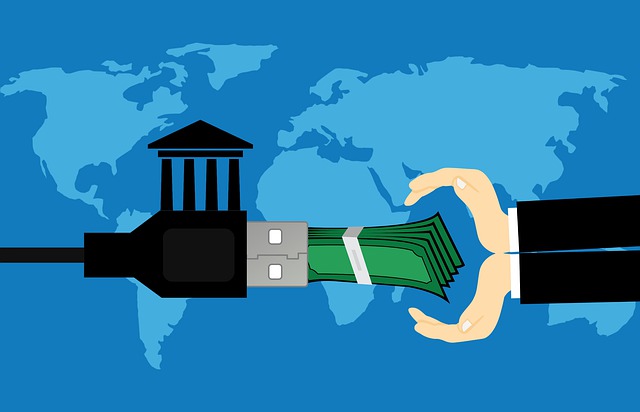Securitization: Meaning, Process, Key Players and More


Banks and financial institutions carry vast amounts of assets in their balance sheets in the loans given to the borrowers. However, these loans will be repaid in full in a considerably more extended period, and hence, they are highly illiquid assets.
To convert these illiquid assets into liquid instruments and bring in more loans as assets, banks follow a process of Securitization through which they reduce the risk of non-payment of loans.
Let’s understand in detail what securitization is, how it works, and who is involved in the process with the real-life case study to understand better.
Understanding Securitization
Securitization can be defined as a process of converting illiquid financial assets into a combined investment instrument that reduces the risk of non-payment.
In other words, a bank has a long-term loan that cannot be converted into cash quickly. Hence, this loan is then used to issue an investment instrument (security) through a particular purpose vehicle to the investors who will get interest income from the security issued.
The entire process of converting an asset into securities, or investment instruments, is called securitization.
Purpose of the Securitization
- The primary purpose is to mitigate the credit risk of non-payment or default of the loans given to the borrowers lying as assets in the bank’s balance sheet.
- Through securitization, the banks can raise capital and add more loans to their assets.
- Securitization helps increase liquidity by pooling the debt/financial assets into securitized investment instruments.
Read more about Debt Instruments.

Key Players of Securitization
Broadly, in the entire securitization process, three key players make the process working. So, let’s understand who these players are.
1. Asset Originator
The asset originator is the bank or a financial institution that has lent money to the borrowers and has loans such as housing, student, personal loans, etc., on the asset side of its balance sheet.
2. Issuing Entity (Special Purpose Vehicle)
The assets getting securitized by the banks or financial institutions are done by issuing agents or entities that create a special purpose vehicle (SPV). SPV helps in the conversion of illiquid assets into tradable securities and is the key to any securitization process without which it is incomplete.
3. Investors
Finally, the debt pooled through SPVs is converted into investment instruments which are then sold to the investors who buy such securities in exchange for a fixed income. The fixed income is paid as the original borrower pays off the loans to the asset originator (banks).
The Process of Securitization: How Does it Work?
The securitization process is quite similar, be it either banks, financial institutions, or any corporate.
The securitized instruments are also called collateralized Debt Obligations as they are created by pooling debt/financial assets. Understanding the process will help you with a better knowledge of the concept of securitization.
1. Identifying Illiquid Assets
The preliminary idea of the securitization process is to convert the illiquid assets into an investment instrument that generates more capital to increase such assets.
Illiquid assets are those assets that take quite an extended period to get converted into physical cash. Long-term loans such as housing, student, and personal loans are illiquid as the tenure of such loans is pretty long.
Banks and financial institutions have such loans in large numbers, and they generally try to convert them into securitized instruments.
2. Combining the Illiquid Assets
Once the illiquid assets are identified, they are combined to create a pool. One more reason why they are combined is that an individual asset may have higher credit risk, but when they are combined, the risk reduces essentially.
3. Converting Illiquid Assets into Investment Instruments
The SPVs discussed earlier come into the picture in this step, where they help such illiquid assets be converted into securitized investment instruments.
Typically, such instruments offer fixed interest to investors. This is called the securitization of illiquid assets.
4. Issuing Investment Instruments to the Investors
After the pool is created, they are issued, and interested investors invest in such securitized instruments. The securitization process helps both the investors and the banks get a return, and the banks can raise capital.
Conclusion
It may sound a bit complicated at once, but the securitization process is an interesting one.
Once it is understood, we make better investment decisions as well. While banks can raise capital through such a process, the investors also get an investment instrument that pays higher returns than FDs at a fixed rate at fixed intervals.
Happy Winting!




